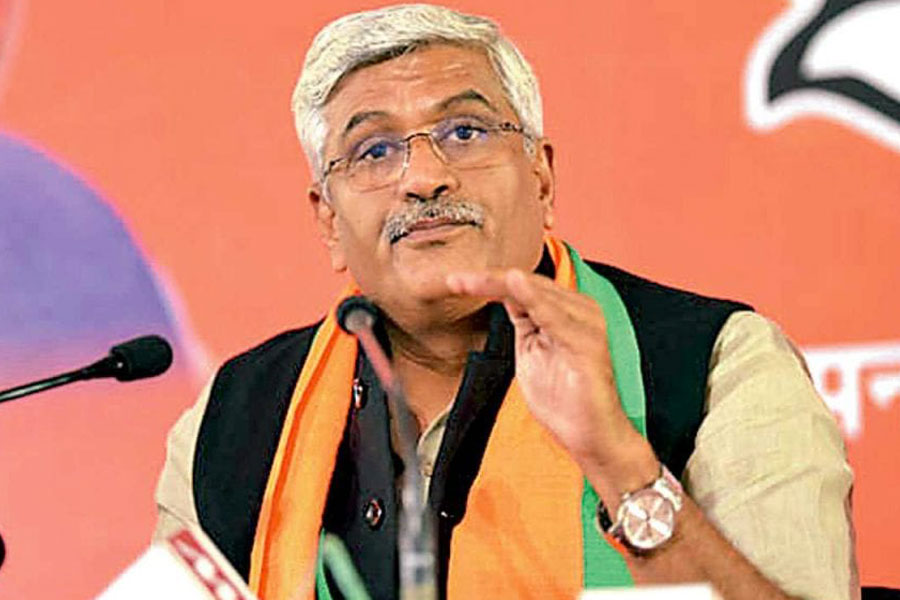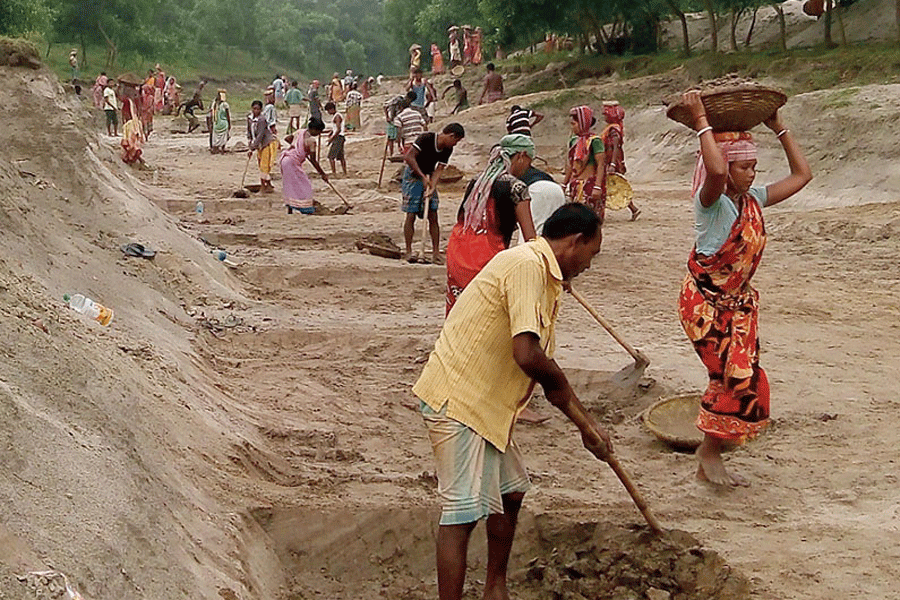 |
 |
 |
 |
 |
 |
profile
Ceramic artist P.R. Daroz has fond memories of his childhood spent in Andhra Pradesh. After all, it was there in Jillella village in Mahabubnagar district that he first got creative.
Born to a family of goldsmiths, Daroz grew up watching his parents experiment and work with the yellow metal, while for neighbours, he had blacksmiths, potters and weavers.
Today, Daroz, 66, a sought-after name in the world of designer ceramics, credits his decision to become a ceramic artist to the environment he grew up in. “I vividly remember watching every move that my parents made and their work influenced me hugely,” he says.
In 1961, after attending school in his village, he headed to Hyderabad’s College of Fine Art and Architecture where he discovered ceramics. He continued his love affair with the medium by doing a two-year specialised course in ceramics at M. S. University in Baroda.”It was here that I began to seriously explore the vast possibilities of the medium,’’ he says.
For the next 10 years he lived in Baroda, exploring different styles of working with ceramics. In 1980, he moved to Delhi and set up a studio in Aya Nagar, a locality wedged between Delhi and Gurgaon. To this day he operates from this studio and even retails from here.
Daroz says that he must be inspired by every piece that he designs. No wonder then that his work has been described as contemporary and intense. Daroz sources the clay from Rajasthan and Gujarat and depending on what he’s designing, he mixes paper or sawdust into the clay.
Here’s how Daroz designs: he first works at the potter’s wheel to create earthenware in different shapes and sizes. These are then left to dry and then transferred to a kiln in which he slowly increases the temperature from zero to 100°C. “The trick lies in gradually increasing the temperature,” he says.
It takes about eight hours to fire an object and another day for it to cool. Once cool, the products are taken out of the kiln and hand-painted or sprayed with colour. Then it’s back to the kiln for a final round of heating under intense temperatures that can go up to 1,260°C. “That’s when the real colour emerges,” he says.
For someone who held his maiden exhibition in Baroda in 1978, Daroz has come a long way. Today, he’s held over 18 solo exhibitions in India including the recently concluded one at Delhi art gallery, Art Alive, where most of his works were sold out. He’s also showcased his work overseas at group shows.
His signature wall murals and sculptures enliven interiors of restaurants like Spice Island in Chennai, Copper Chimney outlets in Musket, Chennai and Mumbai and Jewel of India in New York. Hotels including the Holiday Inn and Taj Krishna in Hyderabad and The Grand in Delhi are among those that have his works in their lobbies.
Daroz has also experimented with fine porcelain and during a residency assignment in China, he created a line called Luminous Excavations.
trends
Daroz says that ceramics is a new rage in interiors. He adds: “Earlier it was difficult to sell ceramic objects as people thought they were fragile. But now they have realised that a ceramic product is a one-time investment that needs no maintenance.”
His own design repertoire is vast. In the last few years he’s undertaken diverse projects and lent his ideas to private homes, hotels and corporate spaces.
If you want to make a subtle yet elegant statement, Daroz suggests that you play around with the right kind of ceramic piece. “Don’t overdo it, but go for a statement piece like a mural or a sculpture,’’ he says. A series of ceramic objects framed together on the wall looks aesthetic, he adds, while ceramic sculptures and installations are ideal for any outdoor space. “The beauty of ceramics is that there’s no rusting or fading,” says Daroz.
projects
“I don’t believe in taking on too many projects simultaneously,’’ says Daroz who will soon be working on installing a 30ft tall mural in the upcoming Pullman Gurgaon Central Park hotel. “This will be a series of murals signifying unending rhythm,” he says. He’s also creating a 20ft mural for the courtyard in the home of Baroda-based industrialist, Rakesh Aggarwal.
Daroz specialises in both glazed and matte-finish objects including platters and ceramic blocks, assembled together to make installations and wall murals and large and curvaceous pots and urns.
If his first pot was sold in 1972 for a meagre Rs 60, today, Daroz commands prices like Rs 75,000 for a single platter. An installation or mural can cost Rs 15 lakh or more (depending on size). A series of urns comes for Rs 3 lakh while a series of four platters costs Rs 5 lakh.
Photographs by Jagan Negi










